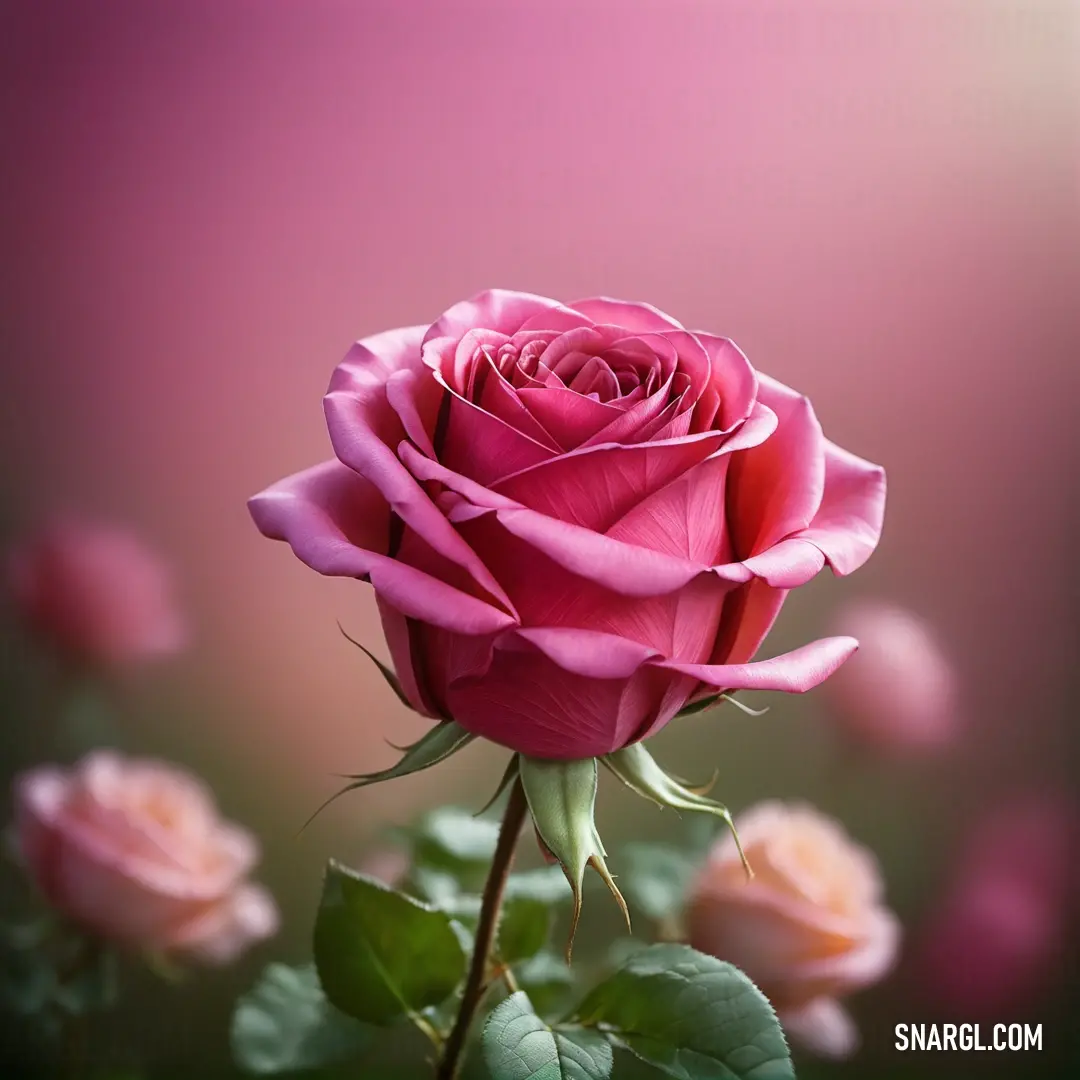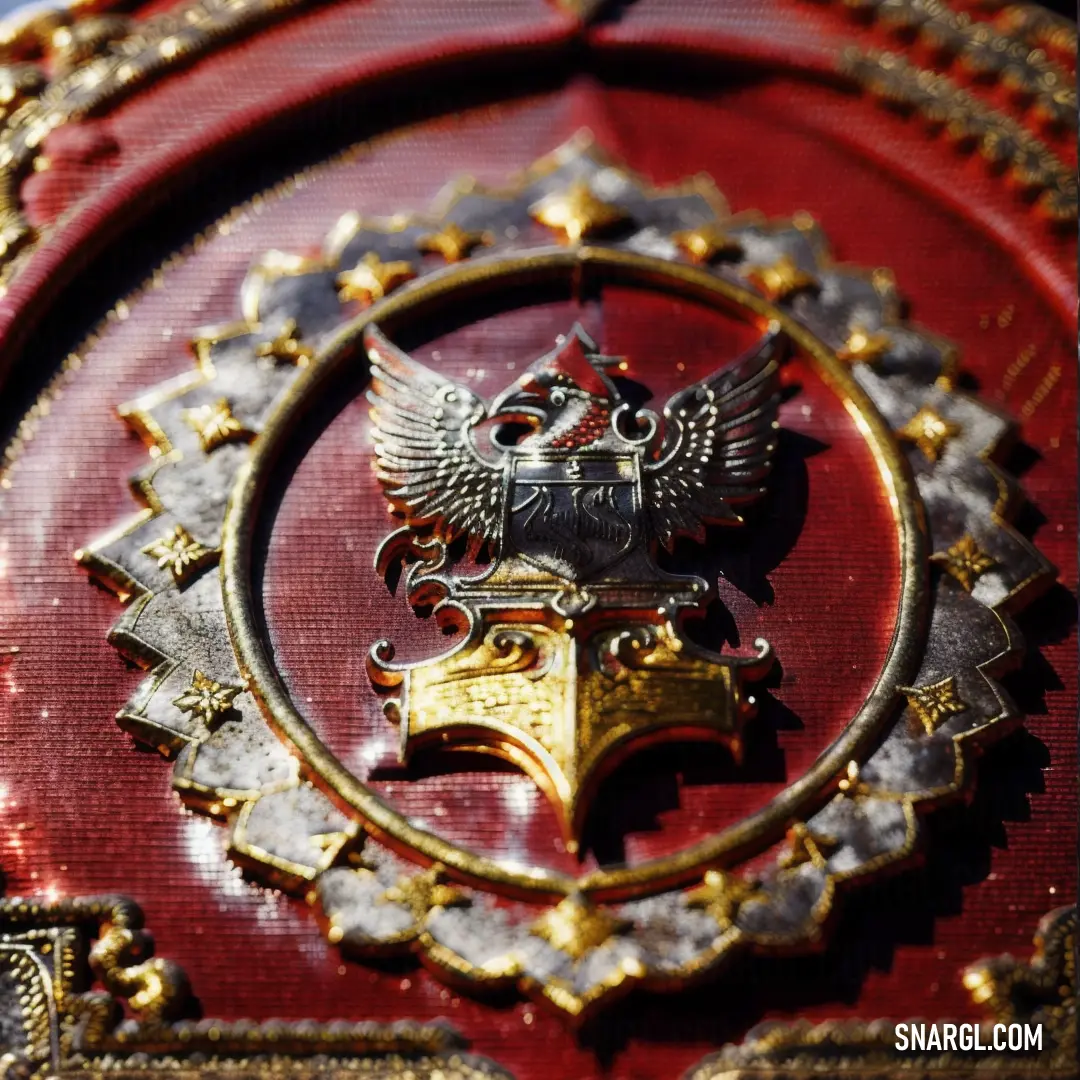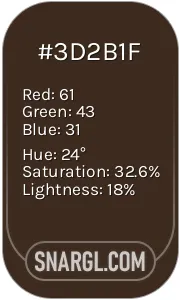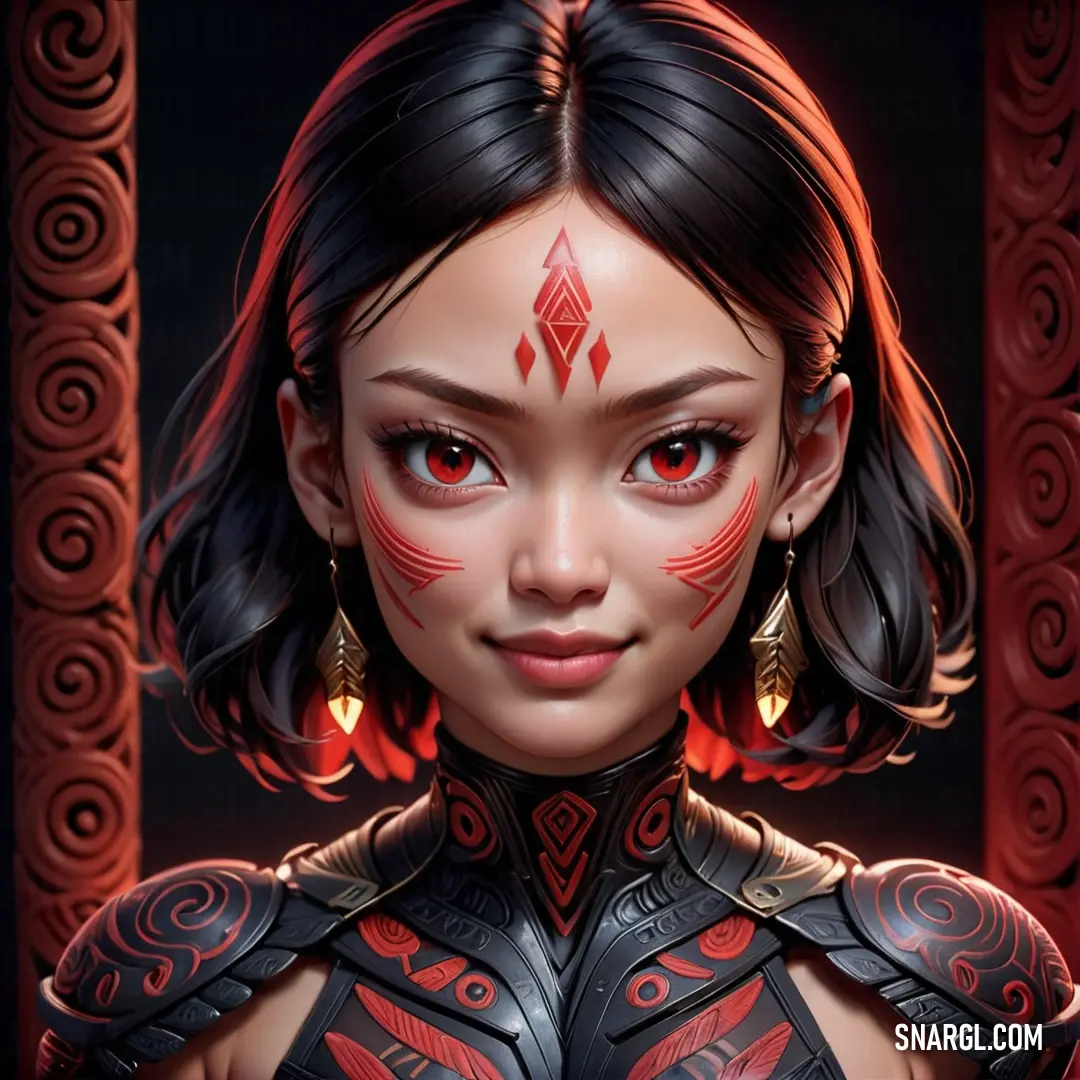
Cardinal
What color is Cardinal?
The HEX code for cardinal is #C41E3A, which means it is composed of 76.86% red, 11.76% green and 22.75% blue in the RGB color model.
The CMYK color model, used for printing, has the values of 0% cyan, 85% magenta, 70% yellow and 23% black for cardinal.
The hue, saturation and lightness (HSL) of cardinal color are 349.9°, 73.5% and 44.3%, respectively.
Cardinal is a strong and eye-catching color that can create contrast and attract attention.
It is often used as a color for sports teams, schools, fraternities and sororities, as well as for religious and political symbols.
Some examples of institutions that use cardinal as one of their official colors are Stanford University, Massachusetts Institute of Technology, University of Southern California, Wesleyan University, and the Society of Jesus.
Cardinal is a color that can evoke different emotions and associations depending on the context and culture.
In general, it can be associated with passion, love, courage, power, blood, fire, danger, and anger.
In some cultures, cardinal can also symbolize joy, celebration, prosperity, and good luck.
However, cardinal can also have negative connotations, such as violence, aggression, war, and sin.
Therefore, cardinal is a color that should be used with care and consideration, as it can have a strong impact on the viewer's perception and mood.
Example of the palette with the Cardinal color

See these colors in NCS, PANTONE, RAL palettes...
What are the examples of Cardinal color in life?
Some examples of cardinal color in life are:
The robes of some Catholic cardinals, especially those of the Roman rite.
The flowers of the cardinal plant, a perennial herb native to North America.
The sports uniforms of some teams, such as the Stanford Cardinal and the Arizona Cardinals.
The coats of some animals, such as the red fox and the red squirrel.
Example of the palette with the Cardinal color

See these colors in NCS, PANTONE, RAL palettes...
Example of the palette with the Cardinal color

See these colors in NCS, PANTONE, RAL palettes...
Example of the palette with the Cardinal color

See these colors in NCS, PANTONE, RAL palettes...
What looks best in Cardinal?
Example of the palette with the Cardinal color

See these colors in NCS, PANTONE, RAL palettes...
What strange or uncommon things can be of the Cardinal color?
However, there are some other things that can be of the cardinal color, although they are not very common.
Here are some examples:
Some varieties of tomatoes have a cardinal color, such as the Cardinal Hybrid Tomato or the Cardinal Cherry Tomato.
These tomatoes are bright red and have a sweet flavor.
They are often used for salads, sauces, or canning.The cardinal tetra is a small freshwater fish that has a cardinal color on its lower half.
It is native to the Amazon basin and is popular among aquarium hobbyists.
The cardinal tetra is closely related to the neon tetra, which has a similar color pattern but with a blue stripe instead of a red one.The cardinal flower is a perennial plant that has cardinal-colored flowers.
It is native to North America and grows in moist habitats.
The cardinal flower attracts hummingbirds and butterflies with its nectar.
It is also used as an ornamental plant in gardens and landscapes.The cardinal spider is a large spider that has a cardinal-colored abdomen.
It is found in Europe and Asia and prefers dark and damp places.
The cardinal spider is harmless to humans, but it can cause fear because of its size and speed.
It is also known as the wood spider or the clock spider.The cardinal beetle is a type of beetle that has a cardinal-colored elytra (wing covers).
It is found in Europe and Asia and feeds on other insects.
The cardinal beetle is often confused with the ladybug, which has a similar shape but with black spots on its elytra.
The cardinal beetle is also known as the bloodsucker or the soldier beetle.
Example of the palette with the Cardinal color

See these colors in NCS, PANTONE, RAL palettes...
The Birth of Cardinal: A Tale of Iona and Vivienne
One sunny morning, Iona was tending to her garden when she noticed something peculiar. Among her usual crops, a single, radiant red flower had bloomed. It was unlike any color she had ever seen - deep, rich, and almost glowing. She decided to call it "Cardinal" because it reminded her of the bright red feathers of a cardinal bird she once saw in a book.

Excited by her discovery, Iona rushed to Vivienne's workshop. "Vivienne, you have to see this!" she exclaimed, holding up the vibrant flower.
Vivienne adjusted her glasses and examined the flower closely. "This is incredible, Iona! This color is so unique. We must find a way to use it in design."
The two friends decided to collaborate. Iona would grow more of the Cardinal flowers, and Vivienne would experiment with extracting the color for use in various designs. They set up a small lab in Vivienne's workshop, filled with beakers, test tubes, and a curious cat named Whiskers who loved to watch their experiments.
Days turned into weeks, and after many trials and errors (including one memorable incident where Whiskers ended up with a bright red tail), they finally succeeded. They had created a dye from the Cardinal flower that could be used on fabrics, paints, and even digital screens.

Their first project was a simple scarf. Iona knitted it from soft wool, and Vivienne dyed it with the Cardinal color. When they unveiled the scarf at the village market, it was an instant hit. People were mesmerized by the rich, vibrant hue. Soon, everyone in Chromaville wanted something in Cardinal.
Encouraged by their success, Iona and Vivienne decided to take their creation to the city. They packed their bags, including a special red collar for Whiskers, and set off on an adventure. In the city, they met designers, artists, and fashionistas who were all captivated by the new color. Cardinal quickly became the latest trend, appearing in everything from high fashion to home decor.
One day, as they were walking through a bustling market, a famous designer named Monsieur Rouge approached them. "I must have this Cardinal color for my next collection," he declared. Iona and Vivienne were thrilled and agreed to collaborate with him.

The collection was a huge success, and soon, Cardinal was known worldwide. Iona and Vivienne became famous for their discovery, and Chromaville was put on the map as the birthplace of the Cardinal color.
Despite their newfound fame, Iona and Vivienne remained humble. They continued to work together, always looking for new ways to innovate and bring joy through their creations. And Whiskers? He enjoyed his life as the most stylish cat in Chromaville, with his bright red collar and a penchant for getting into mischief.
And so, the story of the birth of the Cardinal color became a legend, reminding everyone that sometimes, the most extraordinary things can come from the simplest of beginnings.








 Cardinal
Cardinal Light salmon
Light salmon Deep carrot orange
Deep carrot orange Burnt umber
Burnt umber Desert sand
Desert sand













 Anti-flash White
Anti-flash White Saint Patrick Blue
Saint Patrick Blue United Nations Blue
United Nations Blue Dark turquoise
Dark turquoise Bistre
Bistre Umber
Umber Urobilin
Urobilin Pale silver
Pale silver Pastel brown
Pastel brown Medium jungle green
Medium jungle green Pastel gray
Pastel gray Salmon
Salmon





 Prussian blue
Prussian blue Gray-Tea Green
Gray-Tea Green Smoky black
Smoky black Caput mortuum
Caput mortuum


 Dark jungle green
Dark jungle green Pale chestnut
Pale chestnut Lapis lazuli
Lapis lazuli Halaya Ube
Halaya Ube







